
Discover the average hot tub maintenance cost, what impacts pricing, and how to save money. Get expert tips to keep your hot tub running smoothly all year.
The art of balancing pool chlorine levels is a short troubleshoot away


Algae buildup can consume chlorine in your pool, lowering levels.
A chemical imbalance can also make it challenging to balance chlorine levels.
Cyanuric acid is an important chlorine stabilizer for pools.
High rainfall dilutes chlorine and other chemicals, potentially lowering levels.
Contact a pool pro to help your pool hold chlorine.
It’s time to test your pool water before taking a dip on a nice, sunny day. There’s only one problem—you can’t get a chlorine reading. Playing chemist with a pool can make it feel like you’re in a laboratory and nothing’s balancing out. Fortunately, there are several common causes of low chlorine levels, also called chlorine lock. Let’s break down why your pool is not holding chlorine levels and what you can do to fix the problem.
Organic matter like algae, bacteria, and fungus can all cause your pool to have a high chlorine demand that you can’t keep up with. These organic materials consume chlorine, which increases your need to add chlorine to the pool.
Removing the organic matter with a thorough cleaning can help lower the chlorine demand. Scrub algae off the pool surfaces, change the filter regularly, and keep fallen leaves and other organic plant life from lingering too long in the pool.
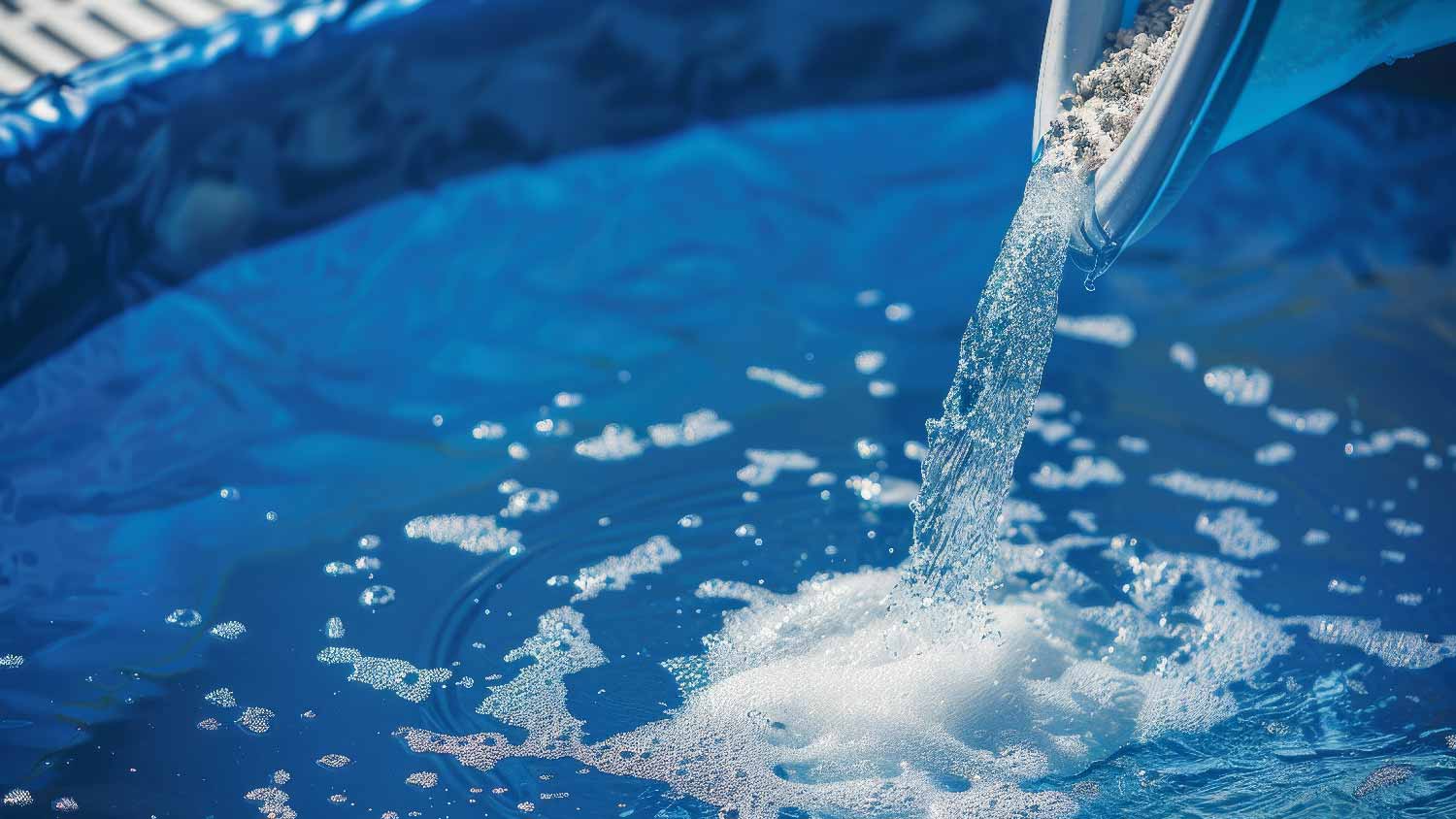
Product buildup can also contribute to low chlorine levels in pools. Sunscreen, lotion, hair products, makeup, and more require chlorine to break down the waste.
Rinse off before you enter the pool to prevent product buildup. If you notice biofilm over the surface of your pool, change the filter and clean the pool walls. Another way to fix product buildup from taking over your pool is to shock your pool after parties. Shocking a pool means quickly raising the chlorine level by adding chlorine or other chemicals to the pool that increase the free chlorine level.
If phosphates enter your pool, this can encourage algae overgrowth. A sign of phosphate buildup is cloudy water. Nitrates work with phosphates to feed algae. If you use a local lawn care service to fertilize your lawn, some of the fertilizer may drift into the water, causing this type of chemical imbalance.
Avoid fertilizing your lawn when it’s about to rain, and avoid overwatering your yard, to prevent fertilizer from draining into your pool. Test your pool levels for signs of too much of any one chemical. You can even take a sample of pool water to a local pool supply shop for them to run a more thorough test and identify the exact chemical imbalances taking place.
Cyanuric acid is an important chlorine stabilizer, acting to sustain the amount of chlorine in your pool and protect it from being disintegrated by the sun. Without it, chlorine doesn’t stand a chance and quickly breaks down from UV rays. On the other hand, too much cyanuric acid can also prevent chlorine from working correctly to kill contaminants.
Check your cyanuric acid levels and aim for a reading between 30 and 50 ppm. Chlorine levels should read around 7.5% of the cyanuric acid levels for optimum balance. Since this is a delicate balance, you might want to have a pool technician handle the levels and fix the problem.
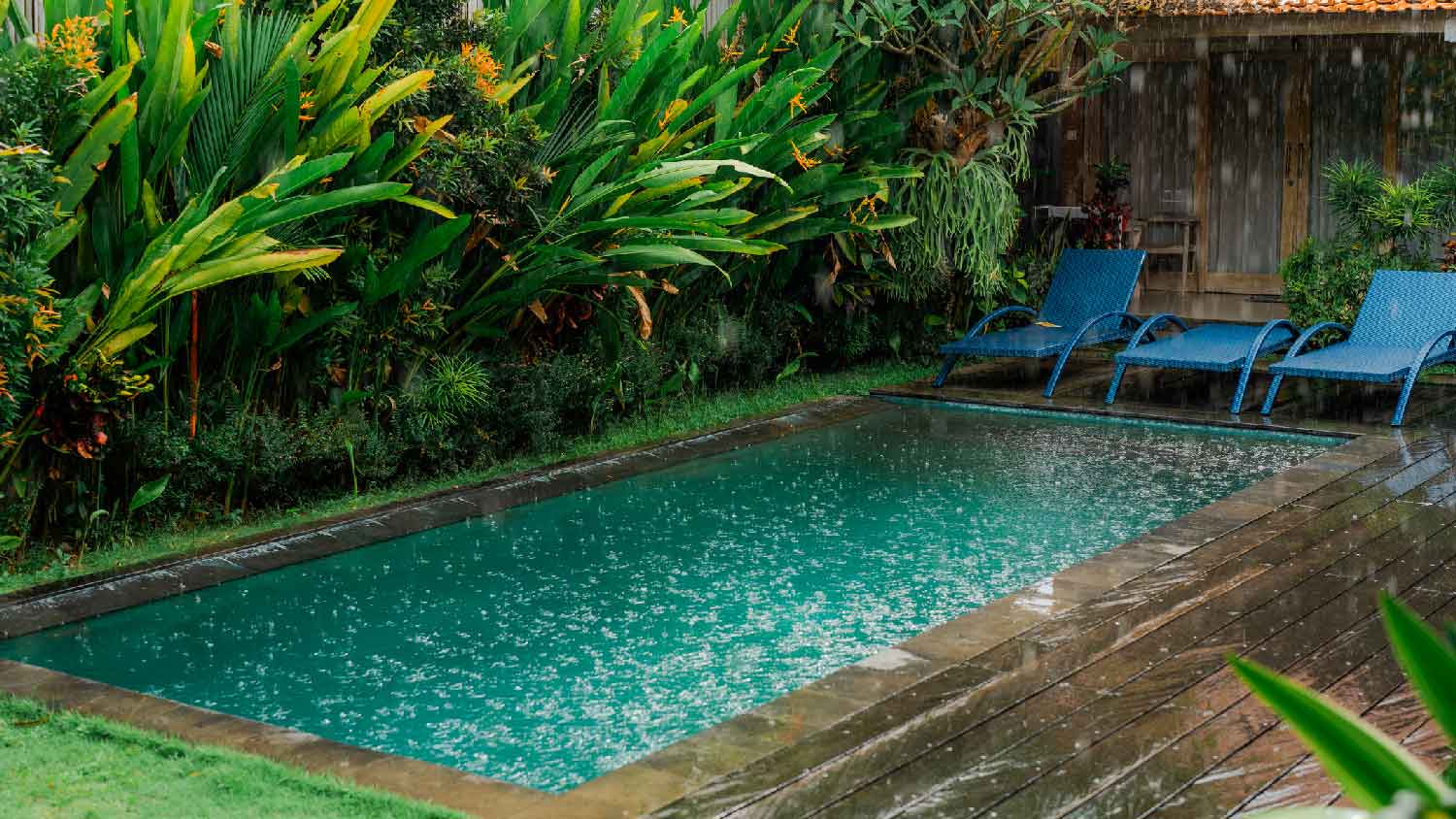
If your pool’s water level increases significantly due to heavy rain, this can dilute the ratio of chlorine to water, leading to a low chlorine reading.
Anticipate storms by following the weather forecast. By adding chlorine shock before a storm, you can help circumvent low chlorine levels and ward off algae and bacteria after a storm. In addition, be sure to scoop out debris that enters your pool after a storm.
Covering your pool in the winter or during periods of inactivity can help prevent evaporation and debris from entering your pool and keep UV rays from breaking down chlorine. This can help prevent chlorine loss by around 50%. But, if you take the cover off the wrong way, you can accidentally pour pollen, debris, and other particles into the water, offsetting the chlorine and cyanuric acid balance.
Cover your pool when not in use and carefully remove the cover when preparing to swim. Clear any debris and the filter if needed.
Most low chlorine levels in pools can be troubleshot at home. However, getting to the root cause of the problem isn’t always easy. You can save a great amount of time by working with a local pool repair pro who can quickly identify the problem and have your pool balanced and safe to swim in.
Preventative measures can often help you avoid having a pool that doesn’t hold chlorine. Follow these tips to prevent your pool from experiencing chlorine lock:
Change your pool filter regularly: Changing your pool filter every one to five years and the pre-filter every three to six months can help keep organic matter levels low.
Schedule inspections: Have a pool technician inspect your pool once in the spring and once in the fall to ensure everything is running optimally.
Brush the pool walls: Scrubbing the walls helps prevent algae from blooming.
Clean out debris: Clean the skimmer basket once or twice weekly, depending on the season and frequency of use.
Test your pool: Test your pool once weekly during the slow season and twice weekly during the summer. Heavy rainfall or high usage should be followed up with additional testing.
Balance the pool: If your pool test kit indicates low or high levels, make adjustments or hire someone to balance the pool.
Stay on top of pump repairs: If your pump is making noises or approaching the eight-year mark, it might be time to repair or replace the pump. A new pool pump costs around $1,300 on average.
From average costs to expert advice, get all the answers you need to get your job done.

Discover the average hot tub maintenance cost, what impacts pricing, and how to save money. Get expert tips to keep your hot tub running smoothly all year.

Discover how much a saltwater hot tub costs on average, including installation and ongoing expenses, plus tips to save money and compare DIY vs. pro options.
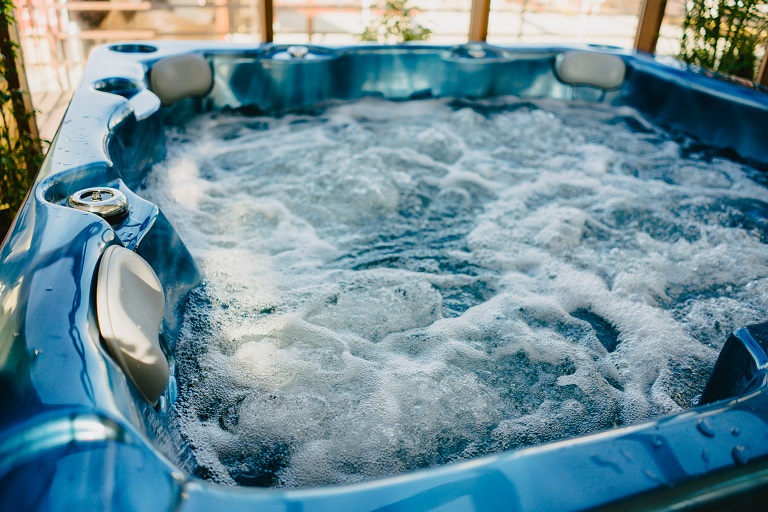
Wondering how much it costs to run a hot tub? Discover average monthly and yearly costs, key factors, and tips to keep your hot tub expenses in check.
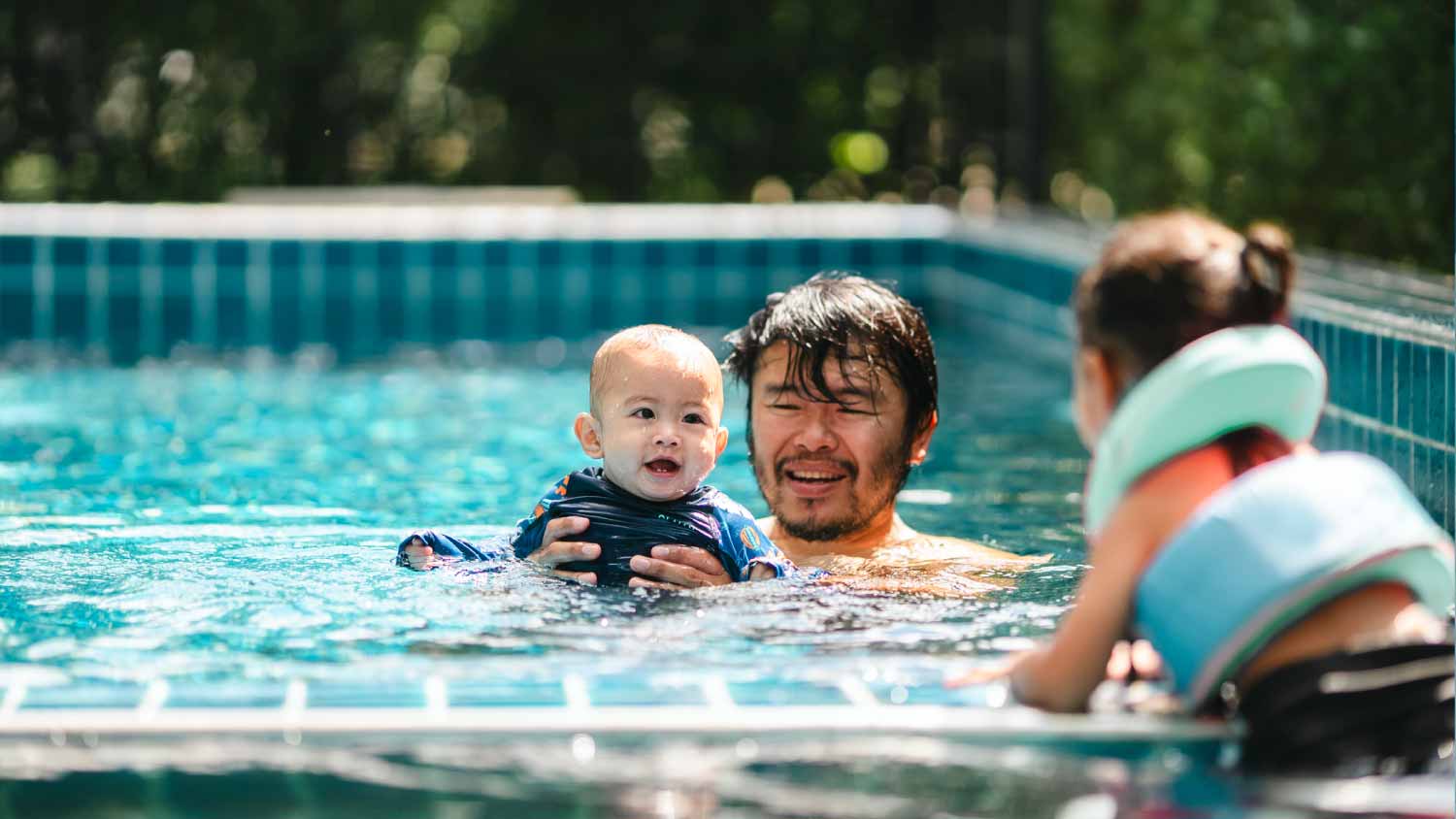
If your pool pump is losing prime, you’re likely facing unfiltered, dirty water. Learn why this is happening and what to do about it.
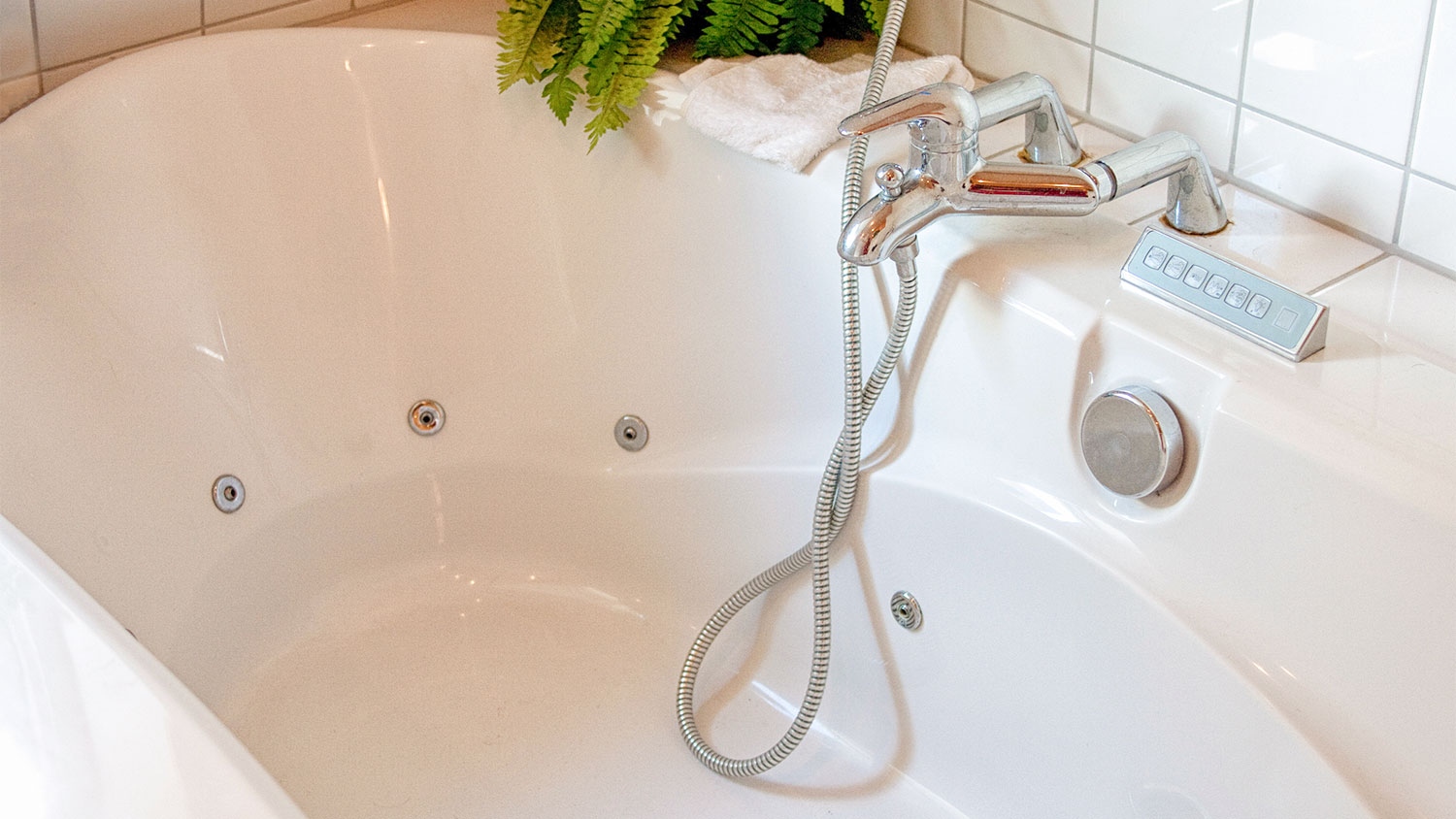
Discover the cost of whirlpool tub installation, including average prices, key cost factors, and tips to help homeowners budget for their project.

A clean hot tub depends on knowing how to clean hot tub filters weekly, monthly, and quarterly. But it’s not as daunting as it may sound.